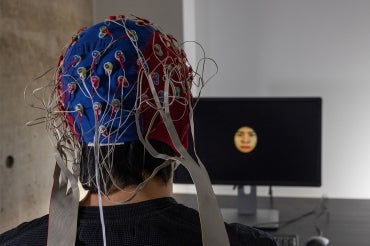2025-05-14 マックス・プランク研究所
<関連情報>
- https://www.mpg.de/24680378/0507-evan-our-fossil-ancestors-had-different-ways-of-getting-a-grip-150495-x
- https://www.science.org/doi/10.1126/sciadv.adt1201
指骨皮質骨の分布は、アウストラロピテクス・セディバとホモ・ナレディの器用な行動と木登り行動の違いを明らかにする Phalangeal cortical bone distribution reveals different dexterous and climbing behaviors in Australopithecus sediba and Homo naledi
Samar M. Syeda, Christopher J. Dunmore, Matthew M. Skinner, Lee R. Berger, […] , and Tracy L. Kivell
Science Advances Published:14 May 2025
DOI:https://doi.org/10.1126/sciadv.adt1201

Abstract
The evolution of the human hand is marked by a transition from a hand primarily used for locomotion to one primarily used for dexterous manipulation. The hand skeletons of Plio-Pleistocene hominins have different mosaics of human-like features associated with enhanced dexterity and ape-like features associated with locomotor hand use. However, the functional relevance of the ape-like features is debated, particularly due to a lack of complete and associated hand remains. Here, we investigate the internal phalangeal cortical structure of the nearly complete Australopithecus sediba MH2 hand and Homo naledi hand 1 to provide both insight into the manual behaviors of these fossil hominins and functional clarity regarding the mosaic features found within their hands. The phalangeal cortical structure demonstrates diversity in Plio-Pleistocene hand use, with A. sediba and H. naledi each indicating different dexterous abilities and different climbing strategies, supporting the functional importance of the ape-like features.


